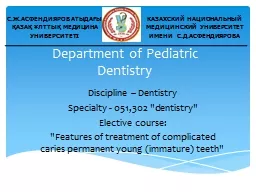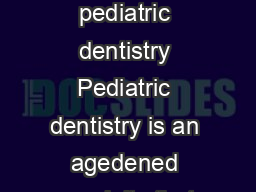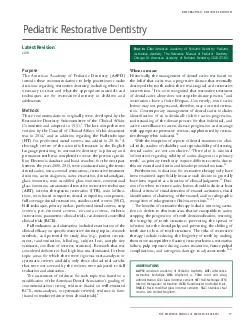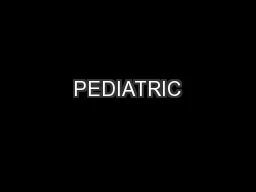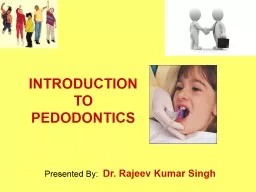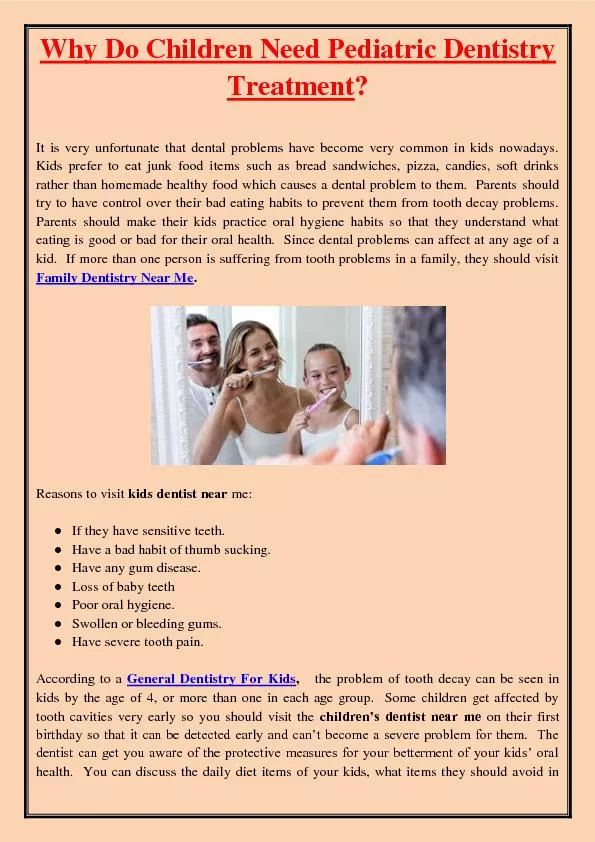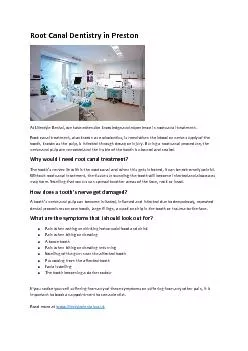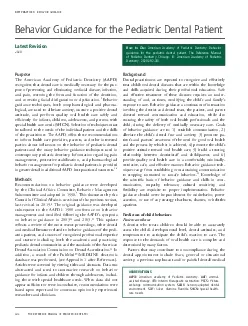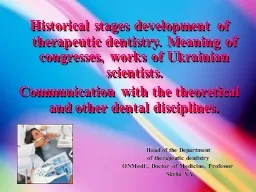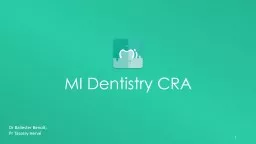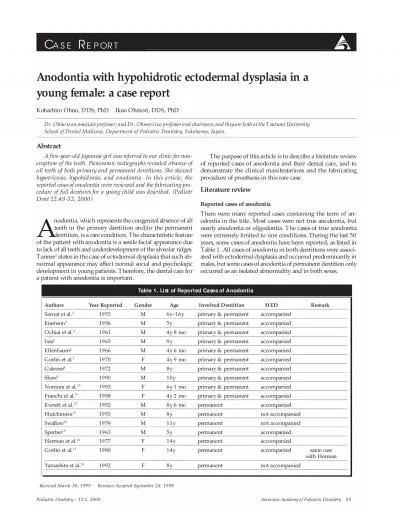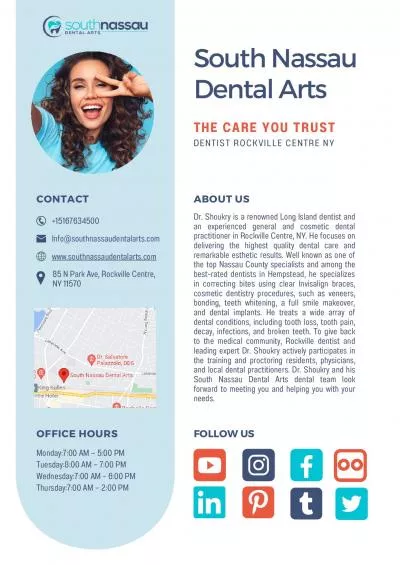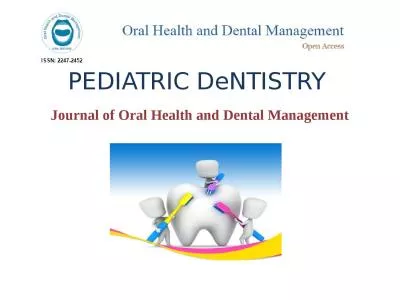PPT-Department of Pediatric Dentistry
Author : yoshiko-marsland | Published Date : 2016-08-03
Discipline Dentistry Specialty 051302 dentistry Elective course Features of treatment of complicated caries permanent young immature teeth СЖАСФЕНДИЯРОВ
Presentation Embed Code
Download Presentation
Download Presentation The PPT/PDF document "Department of Pediatric Dentistry" is the property of its rightful owner. Permission is granted to download and print the materials on this website for personal, non-commercial use only, and to display it on your personal computer provided you do not modify the materials and that you retain all copyright notices contained in the materials. By downloading content from our website, you accept the terms of this agreement.
Department of Pediatric Dentistry: Transcript
Download Rules Of Document
"Department of Pediatric Dentistry"The content belongs to its owner. You may download and print it for personal use, without modification, and keep all copyright notices. By downloading, you agree to these terms.
Related Documents

